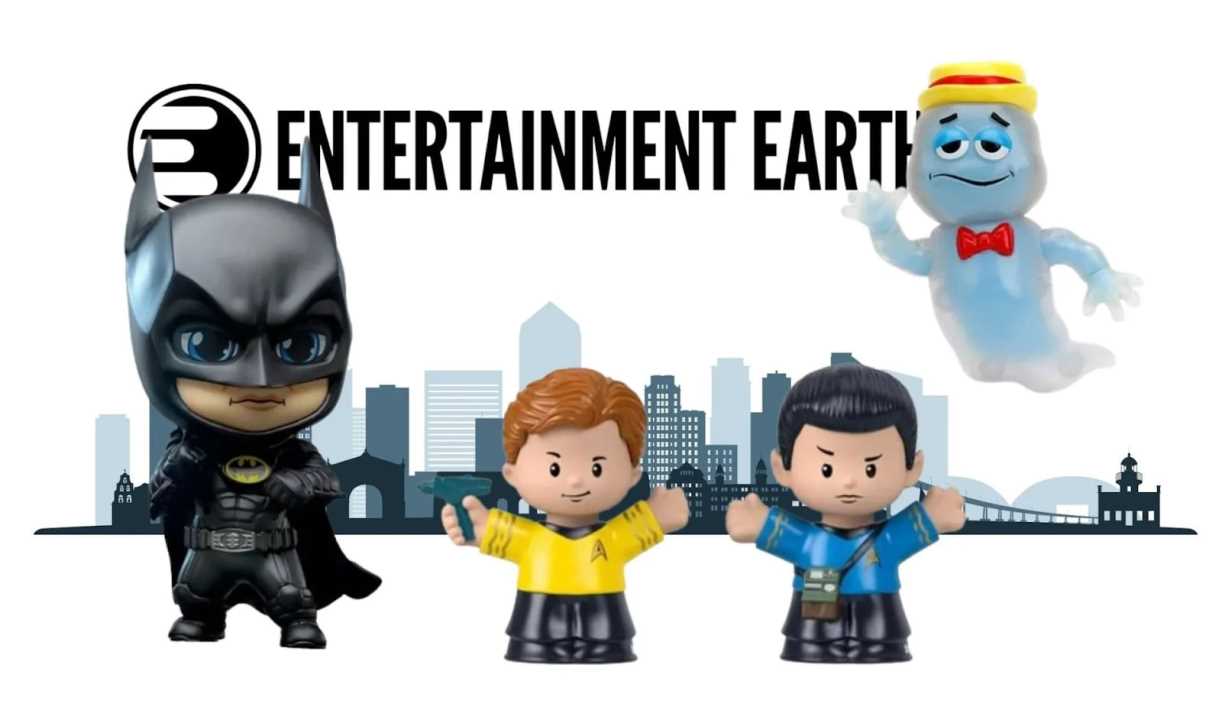Sound effects are crucial for creating engaging videos, podcasts, or any form of multimedia content. But knowing how to use copyright-free sound effects properly can save you from legal troubles while elevating your content. In this post, I’ll share my experience and tips on how you can find and use copyright-free sound effects effectively.
What Are Copyright-Free Sound Effects?
Copyright-free sound effects are audio clips you can use without worrying about copyright infringement. These sounds are often labeled as royalty-free, meaning you either don’t have to pay to use them or pay once for unlimited use.
Why Use Copyright-Free Sound Effects?
- Avoid Legal Issues: Using copyrighted sounds without permission can result in fines or removal of your content.
- Professional Quality: Many copyright-free platforms offer high-quality sound effects.
- Creative Freedom: With fewer restrictions, you can focus on creating rather than worrying about legalities.
Where to Find Copyright-Free Sound Effects
Here are some platforms I’ve personally used that offer reliable sound effects:
- YouTube Audio Library: Perfect for creators, this library is free and easy to use.
- Freesound.org: A community-driven platform where users share sound effects.
- PremiumBeat: Offers royalty-free sound effects with professional quality.
- Envato Elements: A subscription service with unlimited downloads.
How to Properly Use Copyright-Free Sound Effects
Here’s a step-by-step process to ensure you’re using these effects correctly:
1. Check Licensing Terms
Even if a sound is labeled as copyright-free, always read the licensing terms. Some sounds may require attribution (giving credit to the creator).
2. Download from Trusted Sources
Stick to reputable platforms to ensure the sound effects are genuinely copyright-free. Avoid sketchy websites that may offer pirated content.
3. Keep Attribution in Mind
If attribution is required, include it in your video description, podcast notes, or wherever it’s applicable.
4. Organize Your Sound Library
Store your downloaded effects in categorized folders (e.g., nature sounds, urban sounds) to save time during editing.
5. Test the Sound in Your Project
Preview the effect in your project to make sure it fits the mood and tone you want to convey.
Pro Tips for Using Sound Effects
- Don’t Overuse Them: Subtlety is key. Too many sound effects can distract your audience.
- Match the Mood: Choose sounds that align with the emotion or scene of your content.
- Use Editing Tools: Tools like Audacity or Adobe Audition allow you to tweak sound effects to fit your project perfectly.
Conclusion
Using copyright-free sound effects is a smart and safe way to enhance your content. By following these tips and using trusted platforms, you can create professional-quality projects without worrying about legal troubles.
Take the time to explore different sound libraries and find what works best for you. Trust me, the effort is worth it when your content shines!
FAQs
Q: Are copyright-free sound effects always free?
A: Not always. Some may be free, while others require a one-time payment for a royalty-free license.
Q: Do I always need to give credit for copyright-free sound effects?
A: It depends on the licensing terms. Check the details before use.
Q: Can I modify copyright-free sound effects?
A: In most cases, yes. However, always verify the licensing terms to ensure modifications are allowed.



